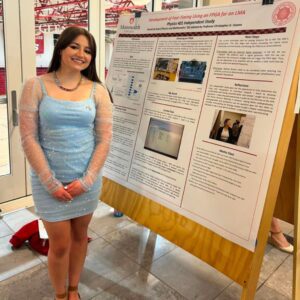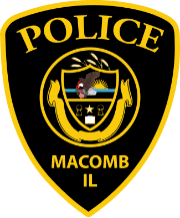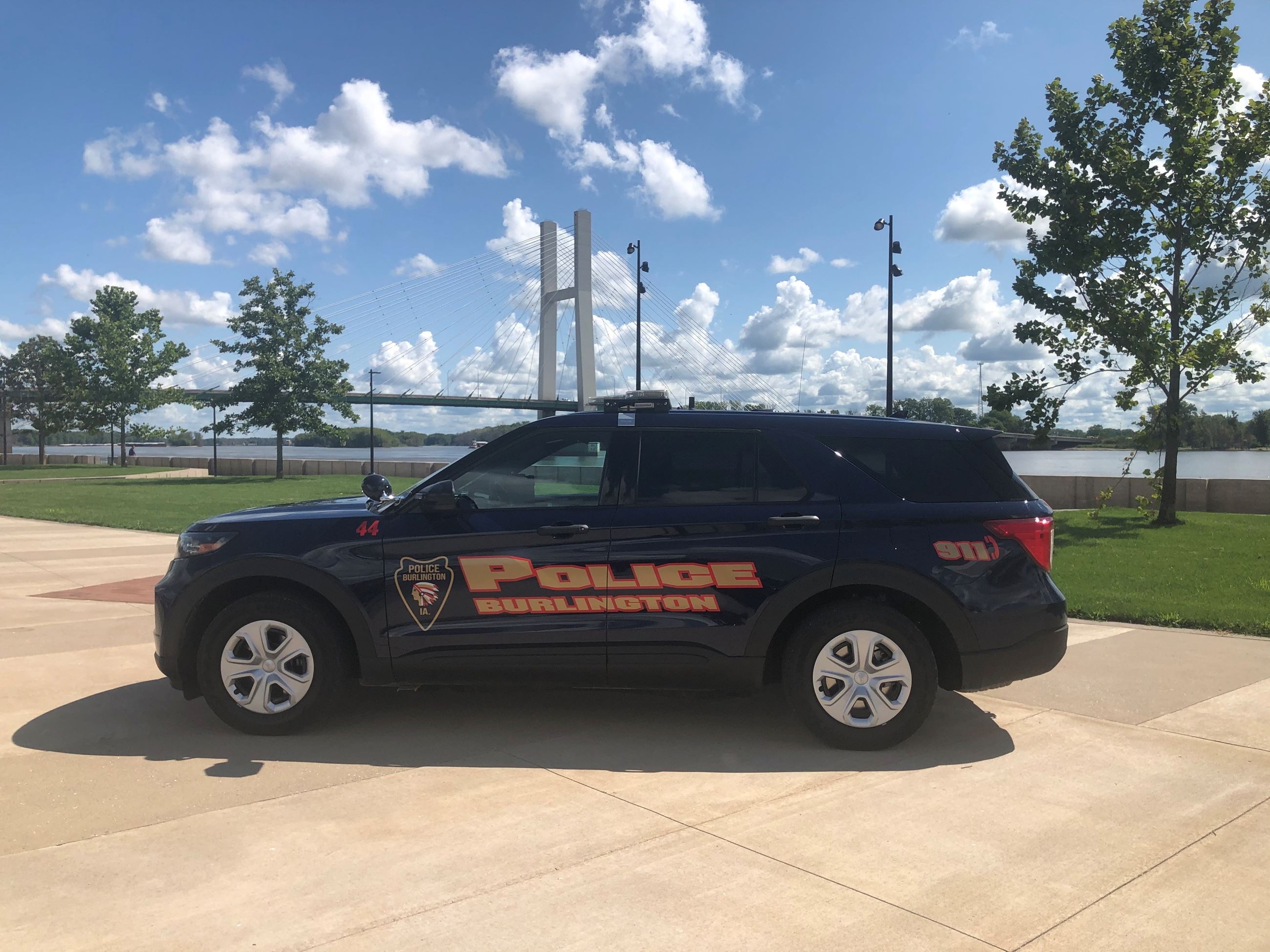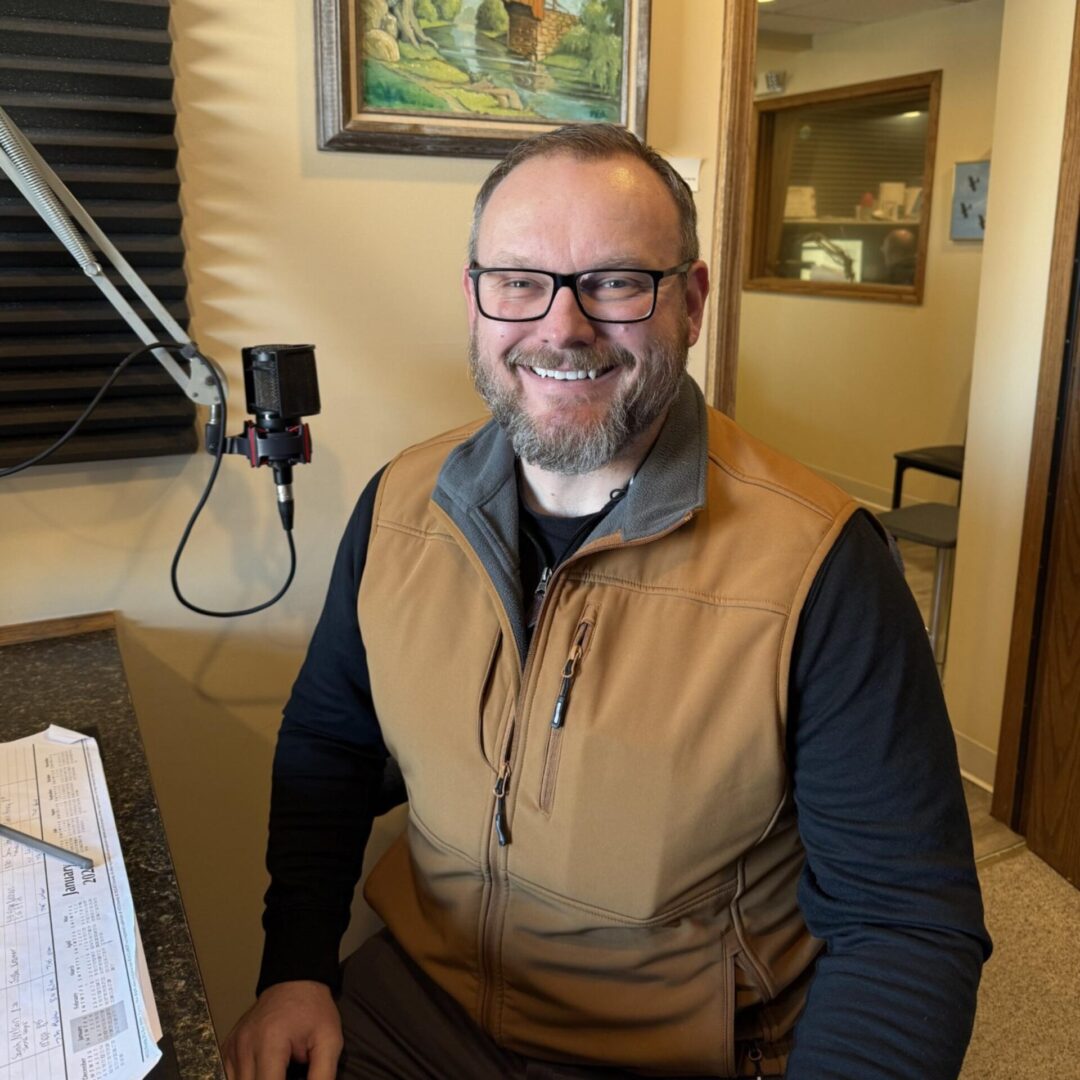by Thomas Best
And Now You Know More: Boston’s “Freedom Trail”
There are so many important and moving historical sites around our nation that attempting to create a personal “top ten” list for visits would be difficult. But what if you could establish a link to fascinating historical sites corresponding to politics, the military, personal lives, and social movements along one easily walked trail? You can find just such a historical trail along one of our nation’s most history-laded walkways—Boston’s Freedom Trail.
My wife and I walked about 90% of the two-and-a-half mile Freedom Trail on our recent vacation and research trip to the east, stopping one for full day in downtown Boston.
This trail begins at the Boston Common. Dating to 1634, making it the oldest public park in the U.S., in colonial times, this was a place for the grazing of cattle, training the militia, and punishment for law breakers, the “Commons” has evolved to beautifully landscaped park. You will head out of here along the distinctive red brick line which guides you over this amazing educational trail.
Using the map and guide book I purchased at the visitor’s center in the Commons, we next headed up the trail to the colonial era Massachusetts State House whose cornerstone was laid by Samuel Adams and Paul Revere. Likely missed by some, across the street is one of our nation’s most distinctive military monument. This is the statue dedicated to the service of the famed 54th Massachusetts Infantry, honored in the film “Glory” about the heroic fighting of that black unit during the Civil War. Augustus Saint-Gauden’s masterpiece hailing the role of their white colonel, Robert Gould Shaw, and the brave black men whose honor spread across the nation with their fighting at Fort Wagner, South Carolina in 1863 is a must-see.
Within a few blocks, after passing by the Park Street Church where the hymn “America” was performed for the first time and where William Lloyd Garrison delivered emotionally-charged anti-slavery speeches in the 1820s, you must pass through one of my favorite sites. Through wrought iron gates you will enter the Granary Burying Ground. Wander past the deeply weathered headstones, table tombs, and vaults and you will encounter the final resting places of Samuel Adams, Paul Revere, John Hancock, James Otis, Ben Franklin’s Parents, the victims of the Boston Massacre, and the victims of both illnesses and fires which assaulted early Bostonians. Down the street you will go past the site of the first public school in America—Boston’s Latin School—dating to the Puritans in 1635 and the Old South Meeting House which was once Boston’s largest public gathering site. It was here that Bostonians gathered to protest the Boston Massacre in 1770, where Samuel Adams held an overflow meeting on December 16, 1773 that launched the Boston Tea Party, and where in 1775, our county’s namesake—Dr. Joseph Warren—led services to remember the Boston Massacre and was almost arrested by the British.
The next stop may be the one that attracts the most attention. The Old State House, built in 1713, was the seat of colonial government where in 1761 patriot James Otis opposed the “Writs of Assistance” and Redcoat rule leading John Adams to state that “then and there the child of independence was born.” But maybe best remembered here is the tragic nature of a spot on the street just outside where in December 1770, British soldiers were provoked into firing into a crowd of angry colonists killing five Bostonians, including former slave Crispus Attucks. A paving stone marker, which one stood in the middle of traffic, allows one to stand near the site where violence erupted allowing Sam Adams to declare this incident a “massacre”—which of course was the type of provocation he needed for more pro-colonist propaganda and led Paul Revere to draw his famous political cartoon of the “Bloody Massacre.”
For some history, food, and shopping, you must stop at Faneuil Hall. Here street performers today circle the 1742 structure, and rows of small restaurants grace the inside with everything from Lobster Rolls to Italian ice cream. The history here is thickly weighted with accounts of Sam Adams tax protests, Frederick Douglass’s attacks on slavery, and ladies seeking their own freedom to vote and limit the sale of alcohol through the temperance movement.
Down the street is the oldest remaining colonial home dating to 1680, and not surprisingly, it belonged to Paul Revere. He and his large family of sixteen children from two wives lived here from 1770 to 1800. Today, the home is filled with both family keepsakes, period furniture, and tools and samples of Revere’s skills as a silversmith, copper roller, and skills as a bell-maker.
You are now in the Northern Italian District, which was also once the home of tens of thousands of suffering Irish immigrants from the 1840s. You must stop on your walk at “Mike’s Pastry” to tide yourself over with the absolute best cannoli. My chocolate crème one was heavenly. Pam’s strawberry fluff was every bit as delicious. But you not in this area just for the treats, in this section is one of the most important stopping points, that is the Old North Church.
Better known to locals as “Old North,” this church is best remembered in Henry Wadsworth Longfellow’s poem composed on eve of the Civil War in 1861, “The Midnight Ride of Paul Revere.” It was here that Robert Newman climbed to the steeple on the night of April 18, 1775 to briefly hang two lanterns warning the people of Charleston across the river of the advancing British presence crossing the Charles River that night, while at the same time Paul Revere, and two lesser-known express riders—William Dawes and Samuel Prescott—rode across the countryside to warn the people of Lexington and Concord that British soldiers would be coming to seize their military supplies. By that next day’s end with minutemen quickly gathering, it was there that patriots fired the musket balls in defiance of the Redcoats and remembered as the “shots heard round the world.” And remember Revere never made it all the way to Concord as he was stopped and held to the next morning. Only Prescott made the entire ride. But all three riders passed on the essential news that also sent perhaps more than a dozen riders throughout all of New England to warn of British intrigue opposing the patriot cause.
We didn’t cross over the Charles River to the final sites due to construction work, which including visiting the famed U.S.S. Constitution—or “Old Ironsides”—the oldest commissioned warship still afloat from the 1790s—and one that gained its nickname for its oak hull that appeared to repel cannon fire like it was made from iron from Algerian pirates and the later French and British navies. Up the steep hill is the location of the battle of Bunker Hill—which is actually “Breed’s Hill.” The stone tower on Bunker Hill is a challenging climb of 294 steps, but something that you can say was as inspiring physically as the history of the brave patriots who were willing to wait to fire until they the saw the whites of the Redcoat’s eyes and stand as long as they could the assault of the British regulars on June 17, 1775. One of the dead that day at this pyrric British victory was Dr. Joseph Warren, for whom our own Warren County represents him by name.
That’s the “Freedom Trail.” History oozes from the brick lined street’s where patriot blood was spilled, inspirational words were uttered, and the remains of firebrands lie. Who cannot walk here and not be inspired to think of Samuel Adams who called out his fellow colonists to fight for their liberty. Indeed, statues along the way beckon for you to stop and pay homage to so many critical characters in the history of our nation. From patriot leaders to a sad collection of Irish immigrants braved the Atlantic crossing in the early 19th century to struggle for their own economic vitality against difficult times and prejudice.
The “Freedom Trail” is a must for the history traveler. I hope you will someday be afforded the opportunity to travel the red brick path; and don’t forget to pick up a cannoli!
Thanks for your interest. Next week, join me in a visit to one of America’s premier national parks—Acadia!
Photo by: www.thefreedomtrail.org














